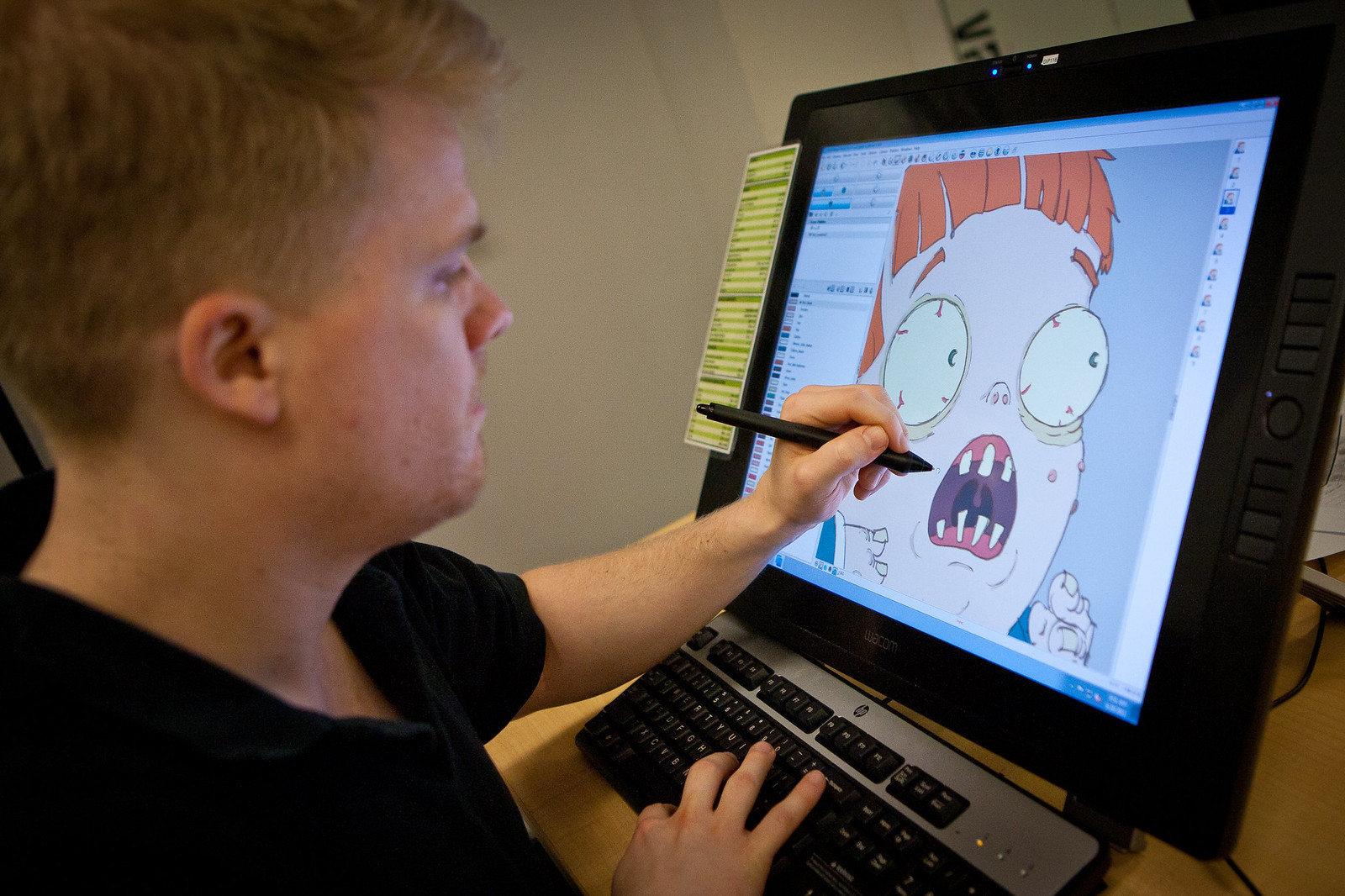A well-developed 2D animation video can win the hearts of your audience. It can be used in various purposes, including marketing and education.
To produce the illusion of movement, single images – called frames – are shown in quick succession. Slight differences between each frame help create the animated scene.
Storyboards
A storyboard is a visual outline of what the finished animation will look like. It may be a simple sketch on paper or drawn with a drawing application (see the storyboard templates on Google). It contains notes on what characters are present, how many scenes there will be and what kind of props will be used. It also includes a rough sketch of each frame in the video sequence.
Storyboards can be a good way to communicate ideas and thoughts to others involved in the production process, especially when the project is larger than one person can handle. They help everyone stay on the same page and ensure that the final video will convey the intended message or emotion.
Sometimes, storyboards are combined with audio recording to create an animatic, which is a preliminary version of the video sequence. This can be helpful when a lot of dialogue is required in the video or if the video will contain music or sound effects.
Character Design
A well-designed character is a huge part of what makes an animation or video game engaging and entertaining. A poorly designed character can stifle the experience and leave an audience uninterested and apathetic.
When designing a character, the first step is to establish its shape and proportions. Then, you can add details to create a unique design that distinguishes it from other characters. This can include hair, facial features, clothing and props.
Colour is also an important factor in a character’s personality. For example, if a character is sombre and melancholy, faded colours might work best while bright and saturated colours can convey an outgoing, confident personality.
It is also important to be familiar with anatomy in order to accurately portray human and creature shapes. Moreover, it is crucial to be aware of the way a character moves in order to make its movement flow realistically. For example, a character’s arms and legs may stop at different rates after they have been moved to illustrate their momentum.
Script Writing
Script writing is a vital part of any animation project. It is here that the core message of a film is shaped and moulded. Children’s films for example, often have a moral message. These may include lessons about family, friendship, loyalty, or compassion. They are designed to encourage the viewer to take a positive approach to their own lives and to be kind to those around them.
During the preproduction process, the team will translate the written script into a series of sketches called storyboards. These act as a graphic visualization of how each scene will be animated and provide a roadmap for the animators to follow.
To write a script that is effective for an animation, it is essential to understand the target audience and the effect the movie needs to have on them. It is also important to leave enough room for flexibility when creating a script so that it can be adapted to different audiences and markets.
Animation
If you’ve ever seen a movie or TV show, played a video game or used a social media app, you’ve already experienced 2D animation. It’s also present in advertising, music videos and even educational content – all places where movement is used to entertain or teach.
To produce animation, a series of single images are drawn or scanned and then slightly altered to create the illusion of motion. Depending on the method, these can be hand-drawn on paper or using specialist computer software to create an image sequence that simulates movement.
An animator’s role is to work closely with the director to create storyboards based on their vision and to help them block the production. Having an informative script ensures the smooth flow of each scene and gives the animator a clear concept to follow. Then the animator will begin creating frames based on their drawings and sketches, while keeping in mind the overall tone and pace of the piece.


